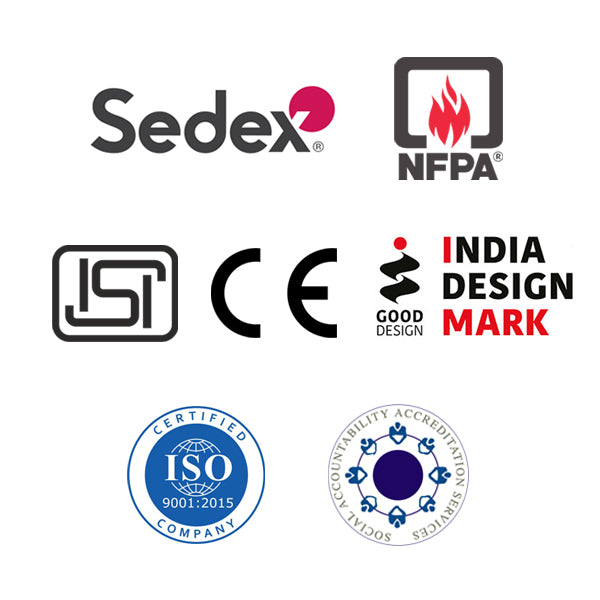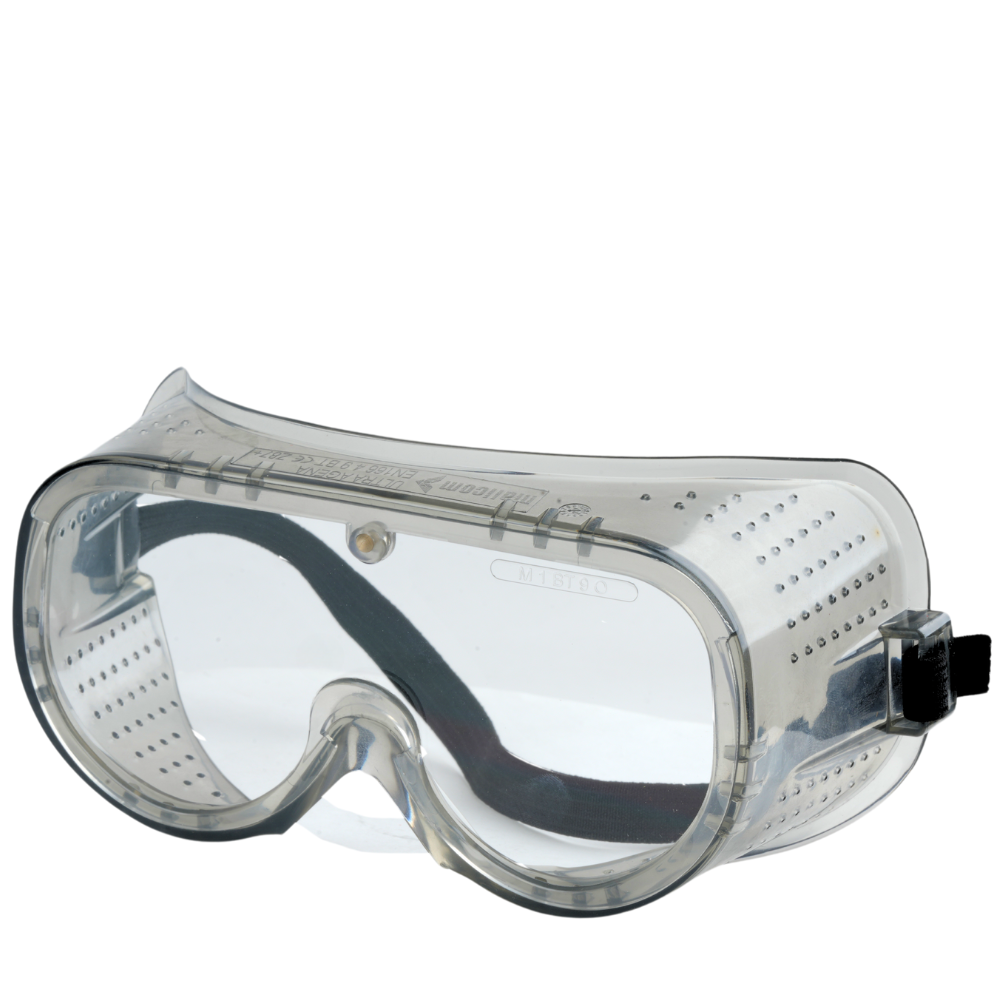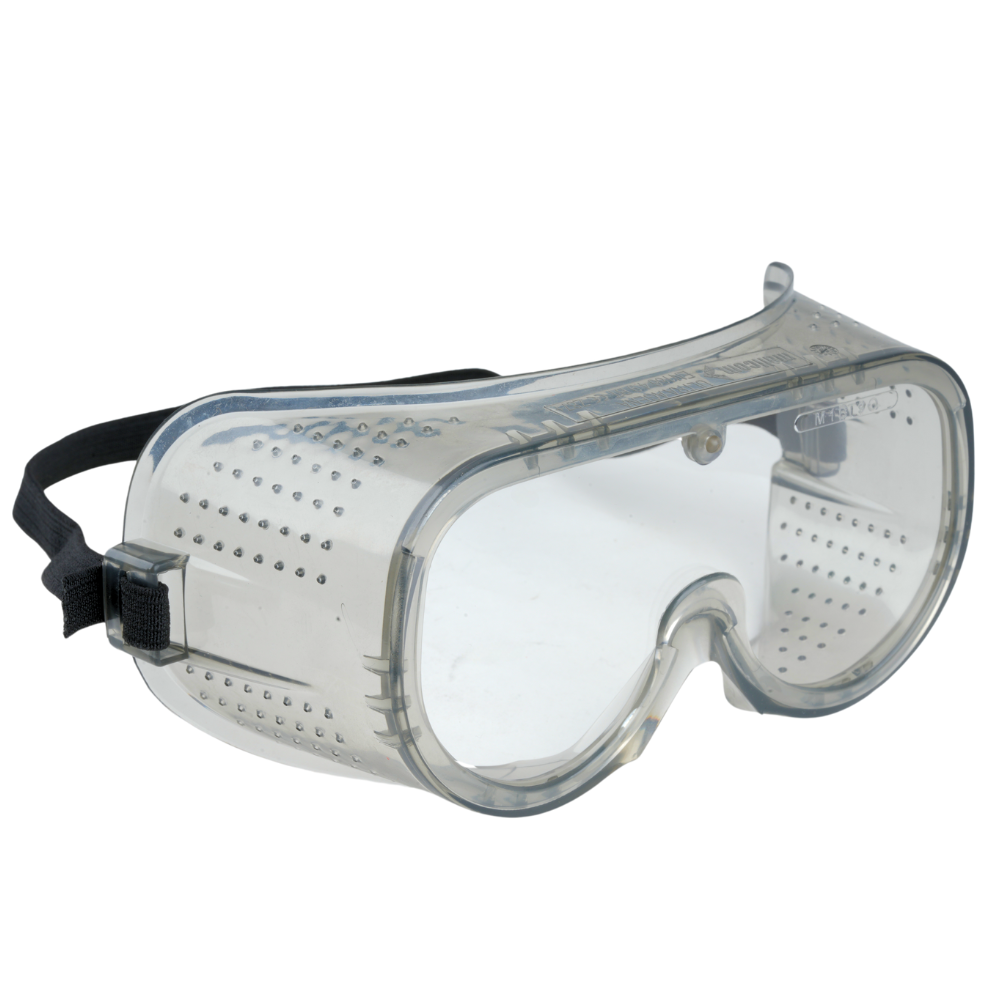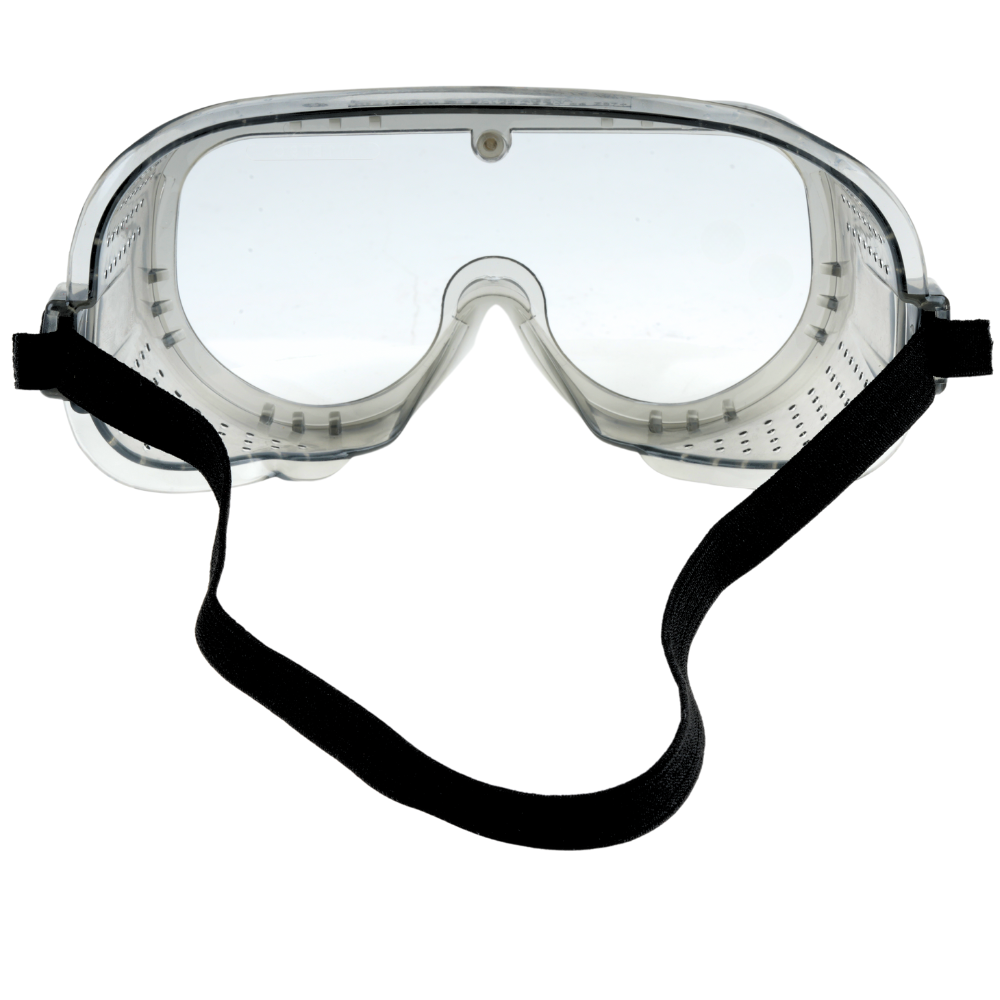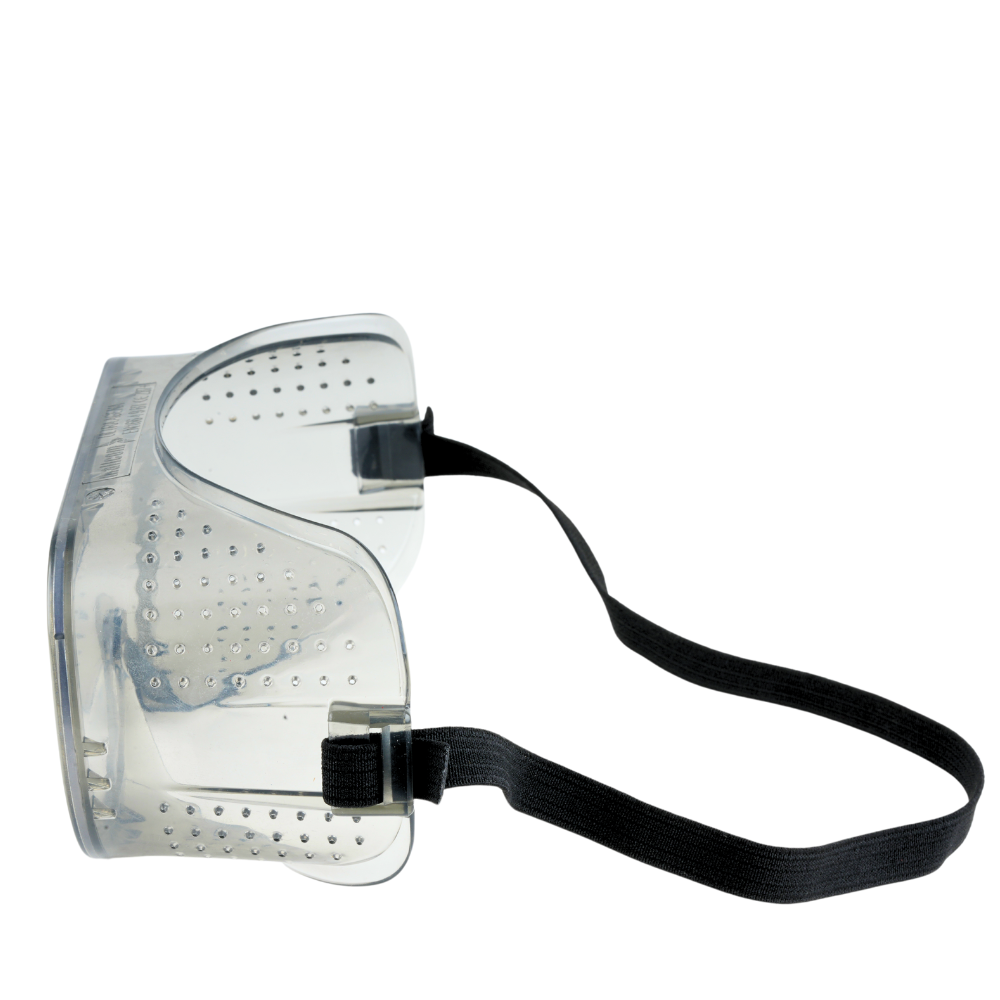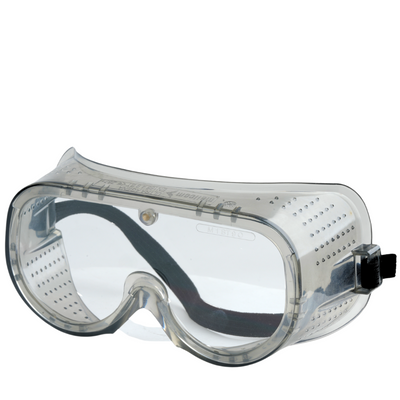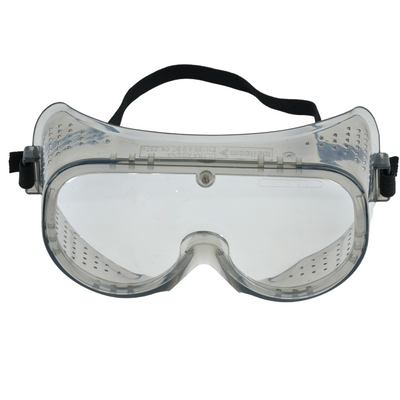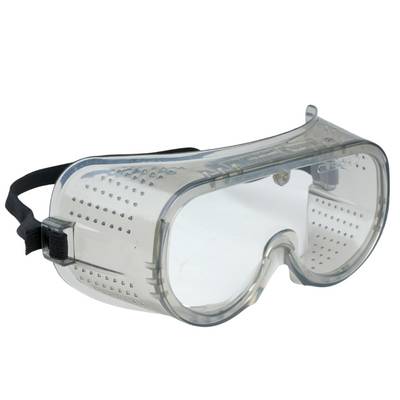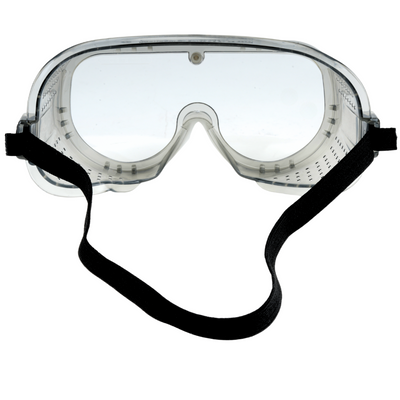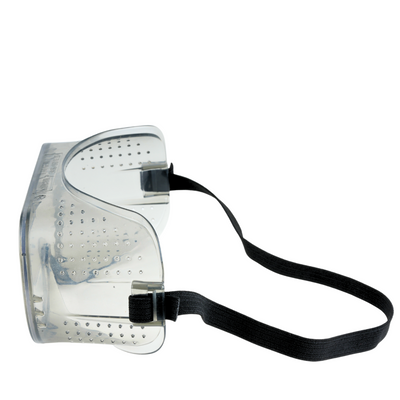ULTRA AGENA
Share
Safety Goggles
- Mallcom Ultra Agena clear polycarbonate glass UV protected PVC framed lateral vent safety goggles
- Safety goggle with toughened polycarbonate lens offers protection against flying objects
- Toughened polycarbonate lens, which offers protection against flying particles
- Lightweight soft PVC frame with internal lateral vents for wearer comfort
- Woven elastic strap
Chemical Splash
Dirt
Dust
EN 166
Delivery & Services

Easy Return
with our 15 days return poicy
Regular price
Rs. 0
Sale price
Rs. 0
Regular price
Tax included.
Shipping calculated at checkout.
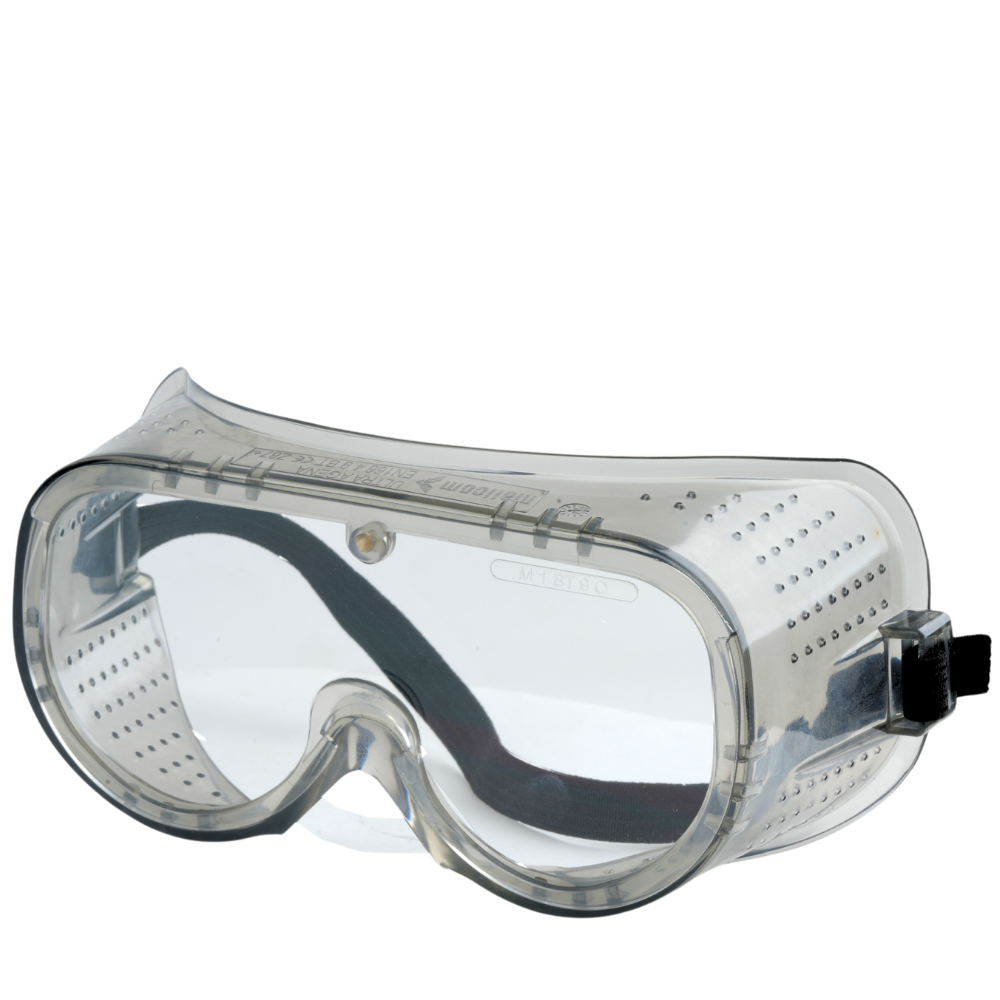

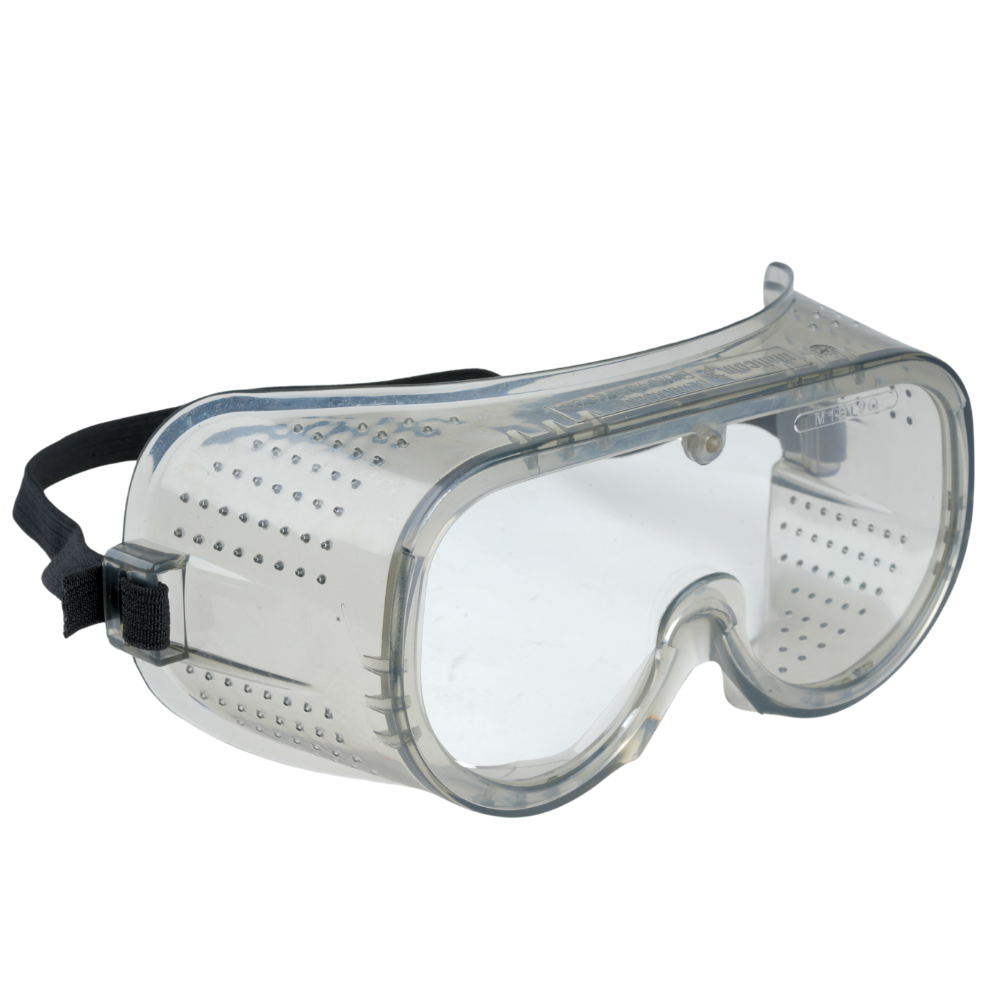
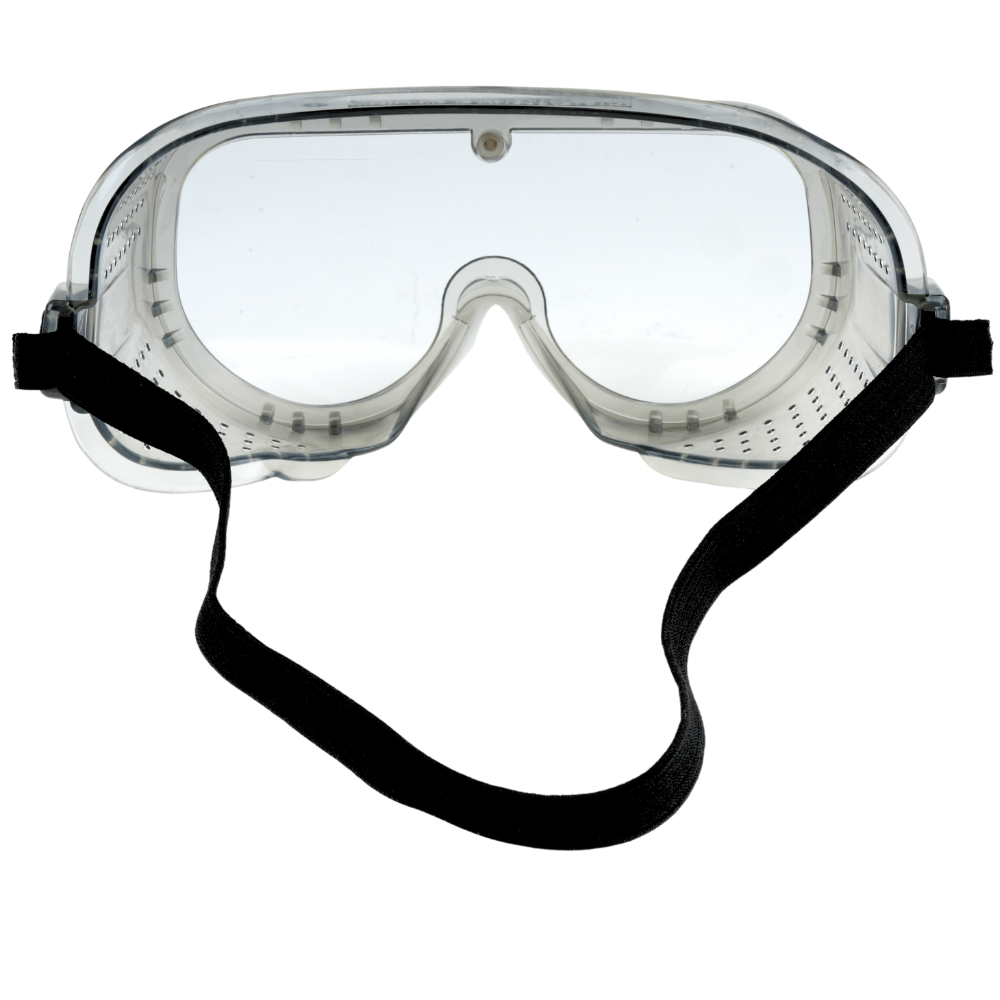
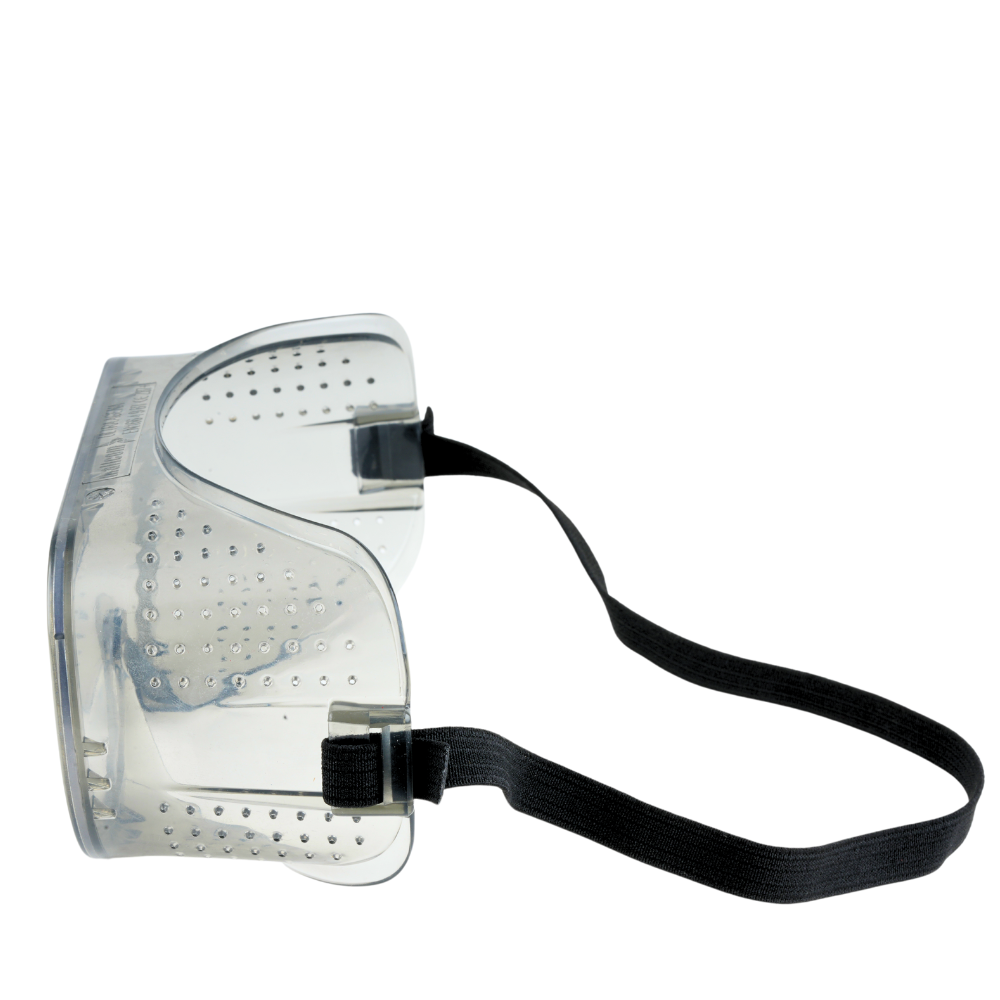
ABOUT THE DESIGN

USEFUL IN THESE INDUSTRIES
MANUFACTURING
CHEMICAL & PAINT
REPAIR & MAINTENANCE
CONSTRUCTION

Product Features
ABOUT THE DESIGN

USEFUL IN THESE INDUSTRIES
MANUFACTURING
CHEMICAL & PAINT
REPAIR & MAINTENANCE
CONSTRUCTION
Product Details
